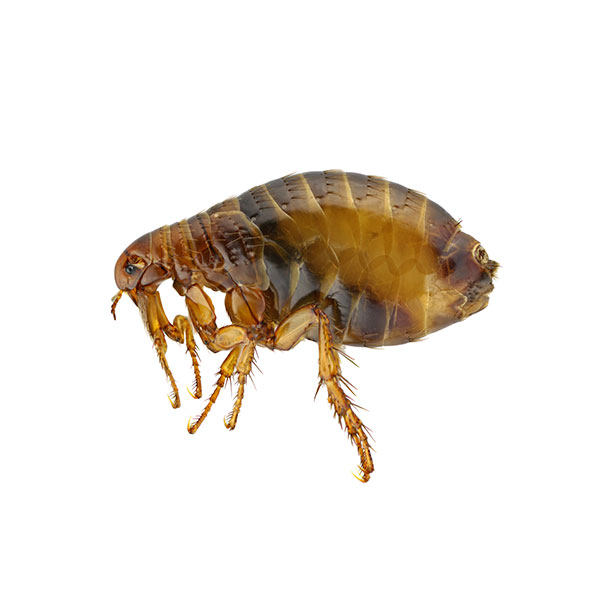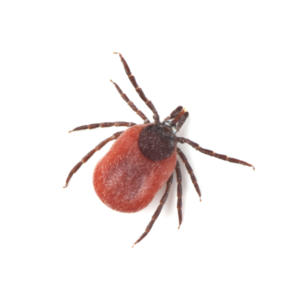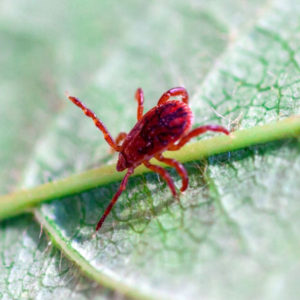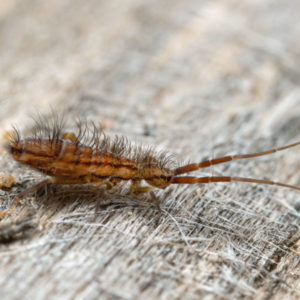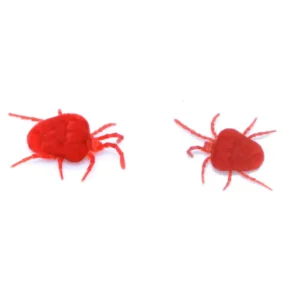Fleas in Memphis TN Metro Area
Fleas are tiny parasites without wings that survive by sucking blood from their host’s outer surface. They exclusively feed on the blood of warm-blooded animals, as it is essential for their survival and reproduction. Since fleas are the most prevalent external parasites on cats and dogs, they often become pests in homes. Fleas can be bothersome to both humans and pets, particularly in the spring and early summer when their population tends to multiply rapidly.
Flea Habitat
Fleas can thrive in various climates, although they have a preference for damp, humid, and shaded environments. They often seek shelter underneath porches or decks during winter. Fleas find areas with tall grass, fallen leaves, weeds, woodpiles, gravel, and sandy patches quite appealing. Even the smallest cracks in concrete can serve as hiding spots for fleas, particularly in shrubs, leaves, and trees. However, they do not do well in sunny areas or open grasslands. Fleas typically enter buildings by hitching a ride on pets and can quickly establish themselves indoors. Flea larvae dislike light, so they find comfort in carpets, bedding, pet beds, and upholstered furniture, which become cozy homes for fleas, flea eggs, and flea larvae.
Flea Behaviors, Threats, or Dangers
Fleas primarily feed on animals other than humans, but they can still bite and cause infection in people. Flea bites appear as small red dots and often appear in groups or clusters around the feet, ankles, and legs. While they can trigger allergic reactions, flea bites generally do not pose a significant health risk to humans. However, certain individuals and pets may experience flea bite allergic dermatitis, which is marked by severe itching, hair loss, redness of the skin, and potential secondary infections. Just one flea bite can initiate an allergic reaction, and the itching may continue for up to five days after the bite.
If you are dealing with a flea infestation, contact your local flea exterminators for help.
Need help with Flea control?

